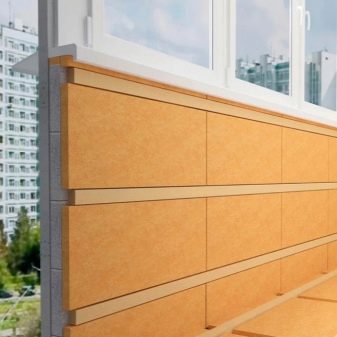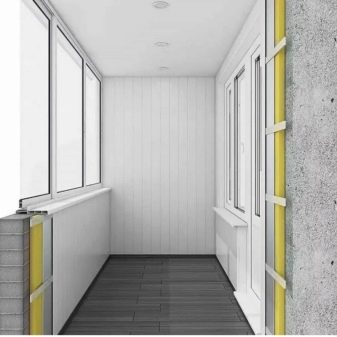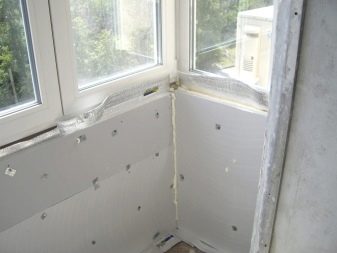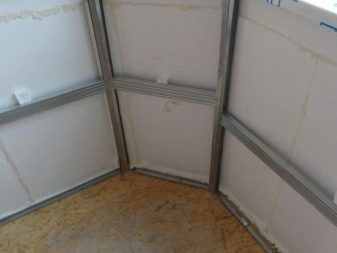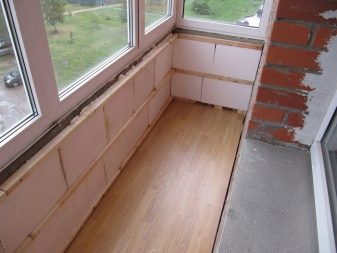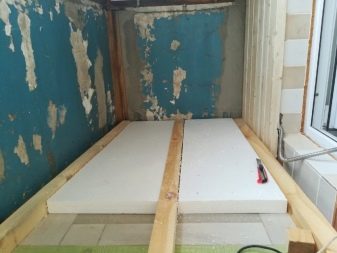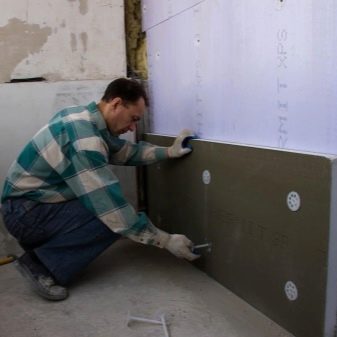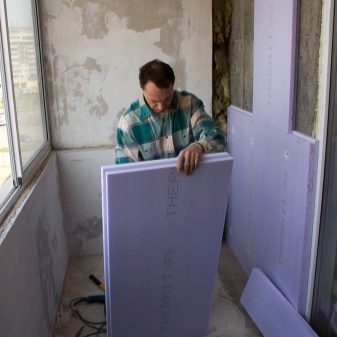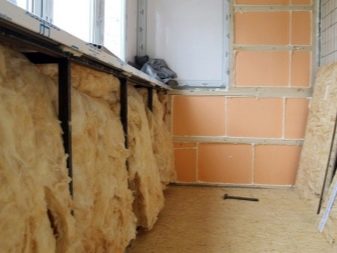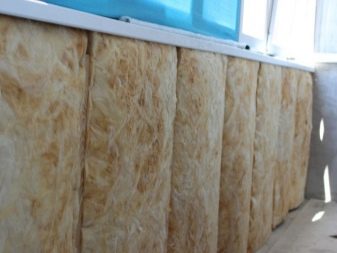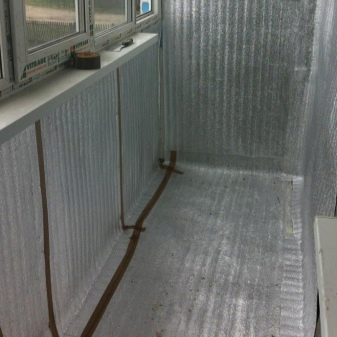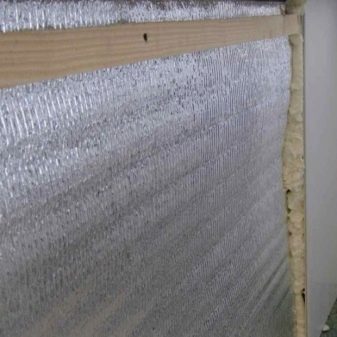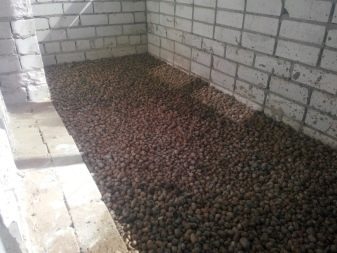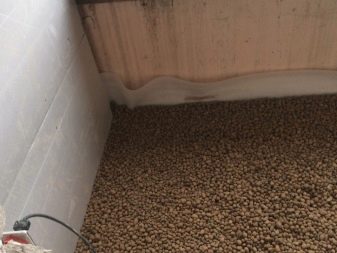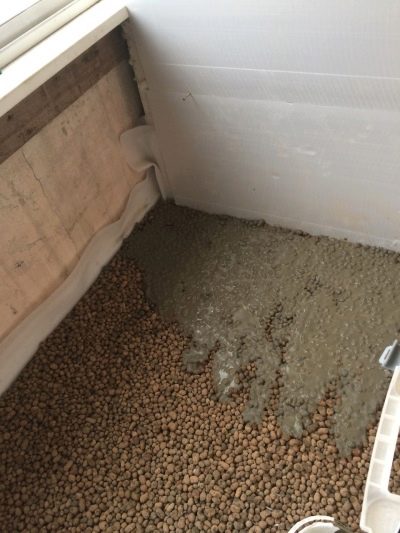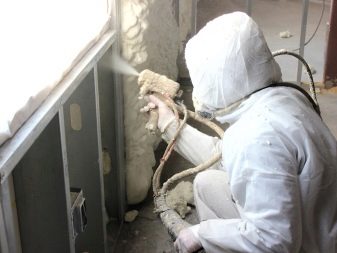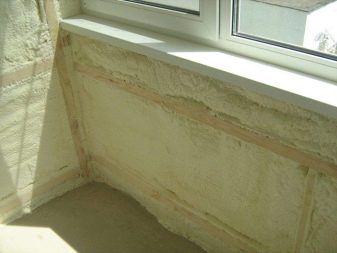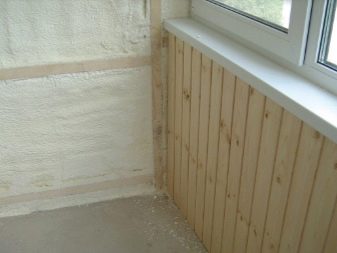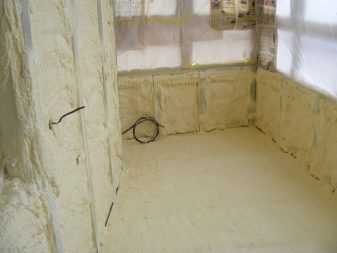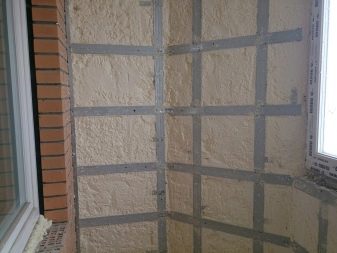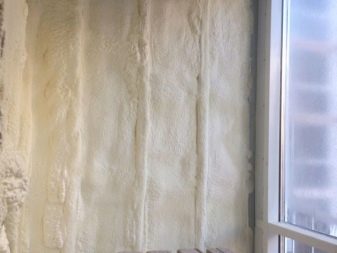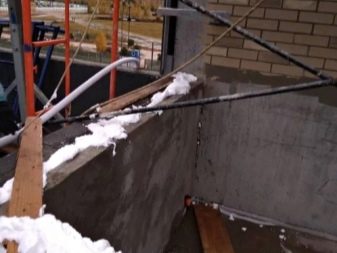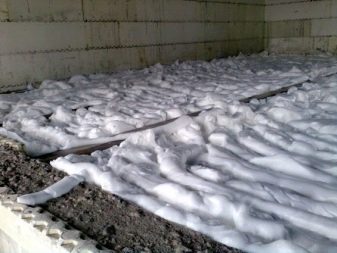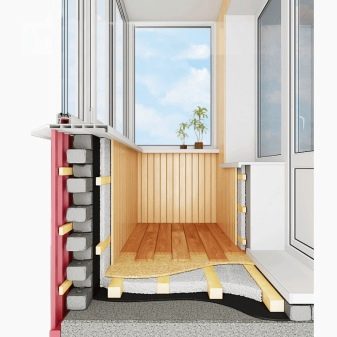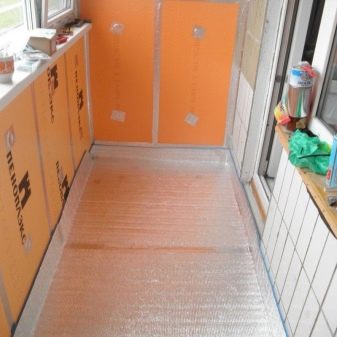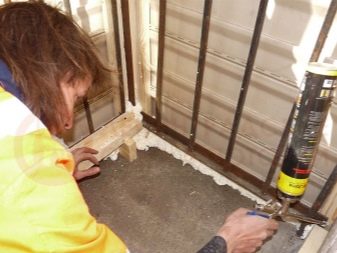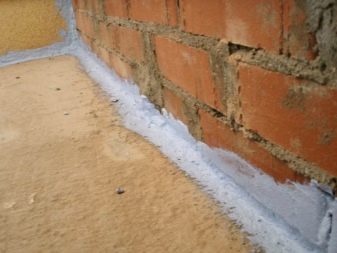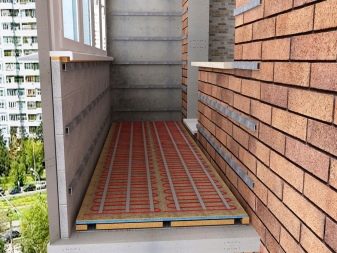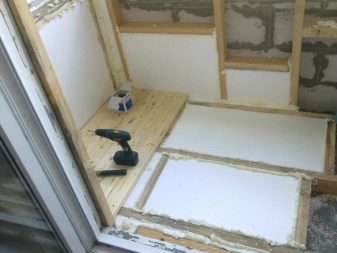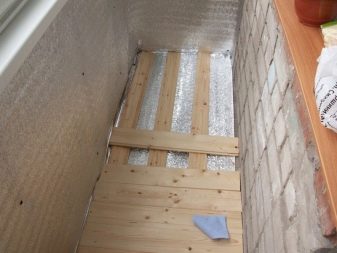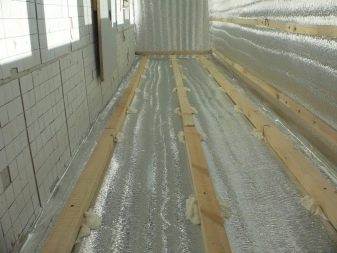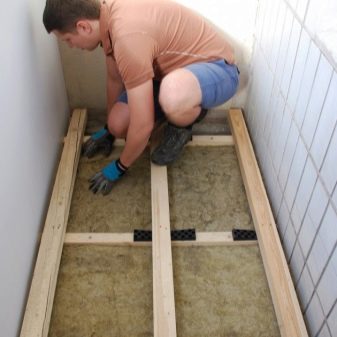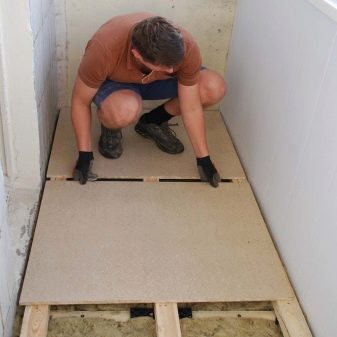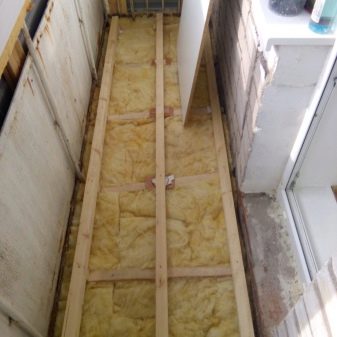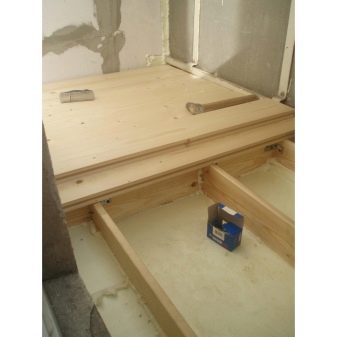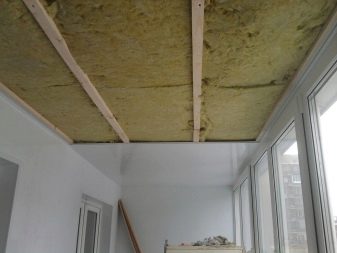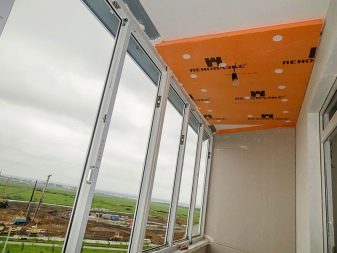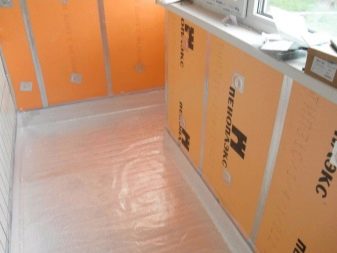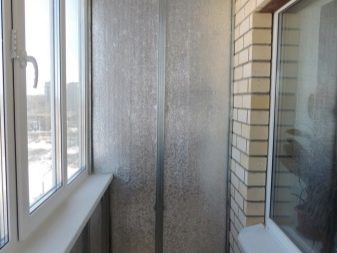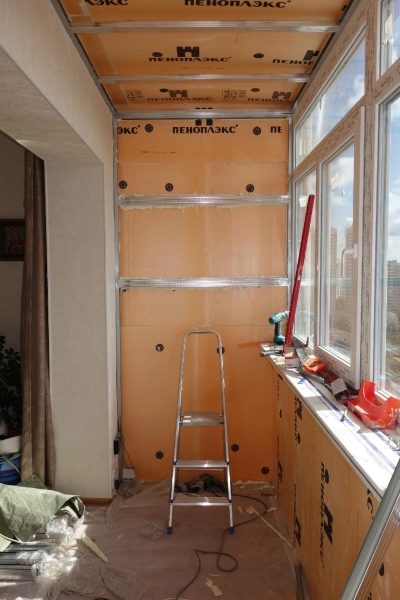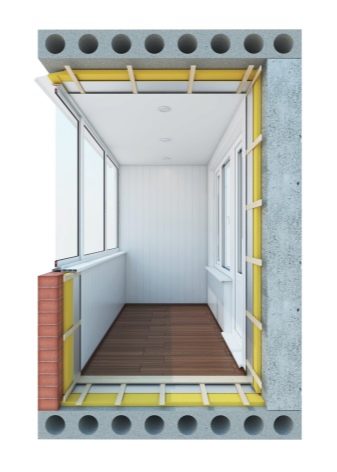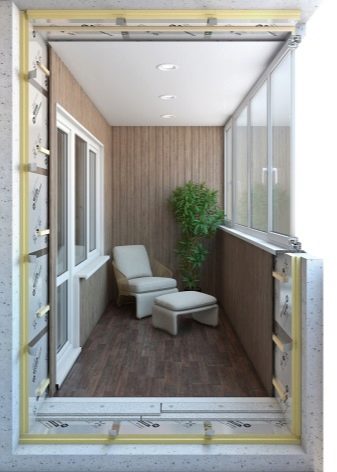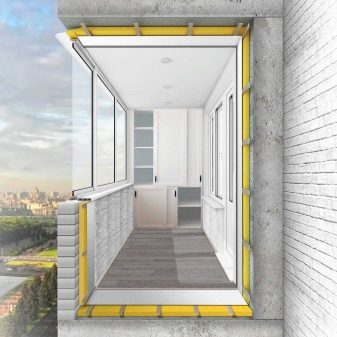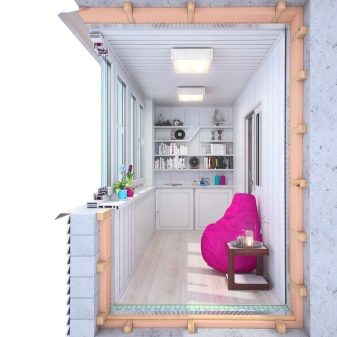How to insulate a balcony and a loggia from the inside with your own hands?
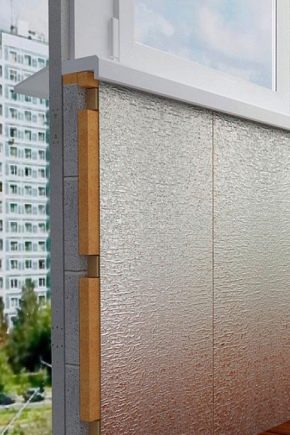
It is useful for the owners of apartments and many private houses to figure out how to insulate a balcony and a loggia from the inside with their own hands, what material is better to do this. Step-by-step instructions for insulation will answer many questions. It is worth familiarizing yourself with the review of the materials, with the reviews of professionals and with typical mistakes.
How to insulate?
Styrofoam
This type of material is very widespread. In fact, it is a solidified foam, the pores of which contain air. In most regions of Russia, a layer of 5 cm is sufficient. But to the north of 60-62 degrees north latitude, thicker slabs are recommended. In the Arctic Circle, it is imperative to lay out already 10 cm of insulation.
The popularity of foam is associated with low thermal conductivity and resistance to water. You can easily refuse reinforced waterproofing. When polystyrene is mounted, there is no dust at all, or its amount is negligible. The appearance of mold and other fungi is excluded inside it.
The cost of purchasing foam is relatively low; at the same time, it serves for at least 20 years, if laid correctly and operated correctly.
But foam is bad:
-
poor air permeability (forcing the use of more sophisticated ventilation methods);
-
insufficient sound insulation;
-
a significant level of fire hazard;
-
rapid destruction on contact with petroleum products and alcohols.
Not every foam can be used for insulation. It is necessary to use only extrusion material, the density of which is from 35 to 40 kg per 1 m3. If the density is 25 kg per 1 m3, this is purely packaging material. It is unacceptable to use it in construction work. A real insulation product is made from polygonal cells, while one intended for packaging is easily divided into balls.
Extruded polystyrene foam
According to some experts, this material (aka penoplex) is better than other solutions for internal use. It is somewhat similar to polystyrene, but much more practical and perfect. The structure of the EPS is porous and almost uniform. Its main cells are characterized by uniform air distribution. Reliable isolation cells are located between them.
Several varieties of penoplex have been introduced to the market. It is too expensive and impractical, irrational to take material of the fundamental category for the balcony. In some cases, the "wall" type is used. But it is still better to focus on "comfort".
Such products are precisely designed for optimal retention of heat inside balconies and loggias of various types.
Mineral wool
It is mineral wool that hundreds of thousands and millions of people use to provide proper thermal insulation. The basalt subspecies is considered the best option. It allows only slightly more heat to pass through than penoplex. Basalt wool is not saturated with water, unlike glass wool and slag wool.
It allows air and steam to pass freely, which pleases even the most demanding and discerning people. And also the mineral wool does not burn and perfectly suppresses extraneous sounds. Since the sheet is relatively strong, any kind of finish can be added to it. Mineral wool can be easily used even in aggressive chemical environments.But despite this, as well as the decent hygienic characteristics, it is worth remembering about the weaknesses: the obligatory need to use protective clothing during installation, the high price.
Penofol
He is often mentioned when describing various ways of insulating balconies and loggias. Penofol is versatile. Such insulation retains moisture and extraneous sounds. The foamed polyurethane coated with aluminum not only traps heat, it reflects it away from itself. It is quite easy to mount rolls of penofol, but for high-quality thermal protection of living rooms it is impossible to limit ourselves to them.
Expanded clay
They have been trying to use it for warmth on the balcony for several decades in a row. The use of modifications with large granules is recommended. Only in some cases is it allowed to use expanded clay sand, the fractions of which on average do not exceed 0.5 cm. The decision is made taking into account:
-
laying technologies;
-
the required layer thickness;
-
final finishing.
Warming of walls with expanded clay is quite possible. However, it will result in a significant loss of usable area. In addition, this material will gradually cake. Finally, it is simply heavy and can have a negative impact on the slab and supporting structures. The advantages of using expanded clay are:
-
no fire risk;
-
reliability;
-
durability;
-
no release of toxins when heated;
-
elimination of harmful odors;
-
cheapness.
Polyurethane foam
This is also one of the attractive options for insulating loggias. The material can be used by spraying or pouring. Even with limited material use, reliable protection against heat loss is guaranteed, as well as optimal savings in useful space. PU foam protects against street noise and is not prone to getting wet, does not rot.
Polyurethane foam:
-
resistant to fire;
-
very lightweight;
-
environmentally friendly;
-
allows you to do without auxiliary structures;
-
mounted on various surfaces without preliminary preparations;
-
is quite expensive;
-
can only be used by competent professionals.
Other materials available are worth considering. Foam glass is in demand. It allows you to work quite simply and absorbs noise. The weight of the insulation is relatively small - the weight of 1 cubic meter. m is a maximum of 150 kg.
Foam glass can be used to insulate not only the floor, but also the walls; without losing its properties, it will work stably for over 100 years.
Plus this stuff:
-
biologically neutral;
-
does not cause any allergic reactions;
-
does not burn (although foam glass is quite expensive).
Technical cork is praised for its lightness. Or, as professionals say, a cork agglomerate. It retains heat well, even in unheated areas. The load on the supporting structures is relatively low - a maximum of 130 kg per 1 m3. The thickness of the layer used ranges from 1 to 10 cm, which guarantees a rational selection of material for a particular case.
What is good, sheet cork allows you to abandon auxiliary finishing work. She looks pretty attractive. The cost of this material is relatively high, but the savings in finishing makes it possible to successfully circumvent this problem.
With the help of cork conglomerate, you can finish not only the walls of the room. Laying it down on the floor is also very effective.
Penoizol can also be an attractive option. Its application makes it possible to strengthen the construction of balconies. The liquid foam is lightweight and does not form seams when used. Insulation 100% fills the space that is allotted for it. The increased rigidity allows for increased rigidity of the balcony assembly.
Penoizol:
-
serves for at least 30 years;
-
absolutely protected from fire;
-
does not attract insects;
-
does not contribute to the appearance of bacterial colonies;
-
can be presented in the form of finished sheets (the intervals of which are blown out with foam based on polyurethane foam).
Izolon can also be considered a good option. It is a polyethylene foam with an outer foil layer. The standard service life is over 100 years. Izolon perfectly protects not only from heat loss, but also from leaks. However, the layout should be carried out as strictly and carefully as possible, since the material is easily torn and loses its characteristics.
How to Prepare?
Thermal insulation of a balcony is a very responsible procedure that requires special preparation. First you need:
-
glazing a room or replacing single glass with a glass unit of a modern standard;
-
choose the right materials;
-
decide on the amount and variety of materials and tools required;
-
determine what the balcony is to be heated with (if heating is planned).
You need to prepare for insulation in slightly different ways, depending on the use of solid sheet insulation or roll material. In any case, you will need to prepare the walls. Regardless of the technology of thermal protection, you will have to clean the walls, floors, and ceilings from dust. All previous trimmings must be removed.
Then the surfaces, cut to a rough state, are carefully examined.
Any crevices and cracks are unacceptable. They are additionally embroidered and putty. Instead of applying putty, you can use standard polyurethane foam. The next step is to apply a primer; it is better to use it twice. Then a polyurethane-based mastic is applied.
This substance allows waterproofing to be fixed to the treated surfaces. For protection from water, films or a two-layer polyethylene lining are used. It is more correct to insulate the floors with foil rather than PET. It is necessary to lay the film materials with an overlap of 10 cm, additionally gluing it with construction tape. Then it is advised to fix penofol on the base (with a foil layer outward).
If you have to mount rigid sheets, you first need to create a crate. It is only then that the insulation material and the topcoat are attached to it. The connection can be made using standard mounting dowels. The slots at the joints of the sheets must be closed with polyurethane foam. As carefully as possible, it is necessary to trim those cracks that adjoin the windows; when the foam sets, its excess is cut off with a knife and sealed with aluminum-based tape.
Step-by-step instructions for warming
Paul
In order to properly insulate the balcony from the inside with your own hands, you need to decide whether you need to level the base or not. There is no need for such a procedure if you plan to install a warm floor. Insulation material is placed in between the lag. An oriented plate is screwed onto the same logs (using self-tapping screws). In turn, a cement and concrete screed is formed on the OSB; this fill is made with a layer not thinner than 5 cm, and the structure must be trimmed to a level.
It is imperative to provide for the formation of grooves in the circuit for pulling wires. Thermoregulation systems are preferably wall-mounted. It should be borne in mind that the exact sequence of work must be coordinated with the manufacturer's instructions given in the instructions.
The calculation of the lag must be carried out without fail, it does not matter whether the work is carried out independently or with the assistance of specialists. The fact is that almost all thermal insulation materials are not strong enough, and measures must be taken to reduce the load on them.
Foil materials are upholstered with lags on top. All others are put between the same lags. The lathing on concrete loggias is created from a bar with a section:
-
5x5 cm;
-
5x6 cm;
-
5x7 cm.
They are laid out across the balcony, the installation step is from 50 to 60 cm. You need to be guided when choosing a material and a scheme for its layout according to your needs.If insulation is used in the form of rolls or slabs, the step should ideally coincide with the width of the product. It is worth considering that the technology of work involves fastening the extreme parts of the coating not tightly to the wall, but at a certain distance from it, about 6-8 cm. Such a gap ensures the expansion of the finish during temperature fluctuations without loss of integrity.
It is very important for beginners to look first to see if the bars are correctly positioned. Subject to this rule, you can refuse to trim the thermal insulation material. If it is still needed, there should be as few uncovered places as possible. It is necessary to fasten the insulator with dowels with wide heads. The next item in the layer sequence is the vapor barrier.
Its best option is foil structures. They must be laid out with an overlap. The last in order are the counter-lattice and the sheathing with the final coating. Wooden logs should be made of high quality dry material. Additionally, they are treated with antiseptic mixtures.
The logs should be of such a thickness that the floor on the loggia is the same height as the floors in the apartment. An air gap of exactly 1 cm should remain from the floor to the vapor barrier layer.When these works are completed, you can proceed to work with the wall and ceiling.
Well, when those works are done, you can lay out the topcoat yourself. We must not forget about the installation of skirting boards.
Heat protection under the tiles also has its own characteristics. The technology is as follows:
-
careful leveling of the base;
-
laying out roofing material;
-
styrofoam layout;
-
coating with a polymer waterproofing film;
-
control of the integrity of this coating;
-
covering all cracks with tape or masking tape.
Ceiling
Experts advise using mineral wool for thermal insulation. But you can also use Styrofoam and Penoplex. It is not necessary to create a frame of bars; a profile with a zinc outer layer is a good solution. UD profiles are attached to the horizontal marking, and the profiles are attached to the windows using self-tapping screws and dowel plugs. The distance between the guides is 40 cm; to do everything accurately, use a level.
The insulator should be 0.3 cm larger than the cells. Channels of a given section are prepared through the insulation. Dowels are driven in through these channels. Any materials are attached to the ceiling on top of the insulation, from the lining to the slatted panels. In most cases, the use of gypsum boards is practiced, but the lining looks more interesting.
Sten
When insulating work on loggias and balconies, it is imperative to achieve structural strength. The spacing of the racks is determined by the width of the heat insulator. The foam must be additionally covered with a vapor barrier. If the walls are made of profiled sheet, you can use polyurethane foam, which is more correctly sprayed, and not mounted in the form of plates. But mineral wool or basalt wool is also considered a good choice.
It is necessary to insulate more than one external balcony wall. Be sure to do this from the side of the apartment. If you do not do this, an additional cold bridge will appear. But it is worth considering that in some modern houses, the facade walls are initially insulated from the inside.
In this case, additional protection is not needed, and it is even difficult to mount it - external materials complicate the fastening.
It should be understood that the proper degree of protection can be ensured only when the entire plane under the window is covered with a protective material. The windows themselves must have a multi-chamber structure filled with inert gas. Insulation of plastic balconies can be carried out both outside and inside. But when working independently, it is better to still use internal thermal insulation. Mounting it from outside the loggia is both more difficult and simply more dangerous.
Possible mistakes
Problems can be created by illiterate glazing. If there are gaps in it, no amount of insulation will sufficiently protect. And also misses are:
-
the use of gypsum putty on the seams instead of polyurethane foam (the putty contributes to the appearance of cold and condensate bridges);
-
refusal to use steam barriers;
-
warming only the outer surfaces while ignoring the inner walls;
-
insulation works without permission and drawing up adjusted plans;
-
performing work in the winter (only very few top-level professionals can do this competently);
-
excessive thinning of the insulation layer;
-
take out the battery.
Review overview
The opinions of the professionals are as follows:
-
for beginners, it is best to use penoplex and its analogues;
-
it is most correct to make the crate from slats;
-
the floor should be formed on adjustable logs;
-
you need to choose the most reliable double-glazed windows;
-
it is required to carefully seal the joints;
-
no need to strive to buy the most expensive or the cheapest materials, it is better to focus on your real needs.
How to insulate the balcony from the inside with your own hands, see the video.
